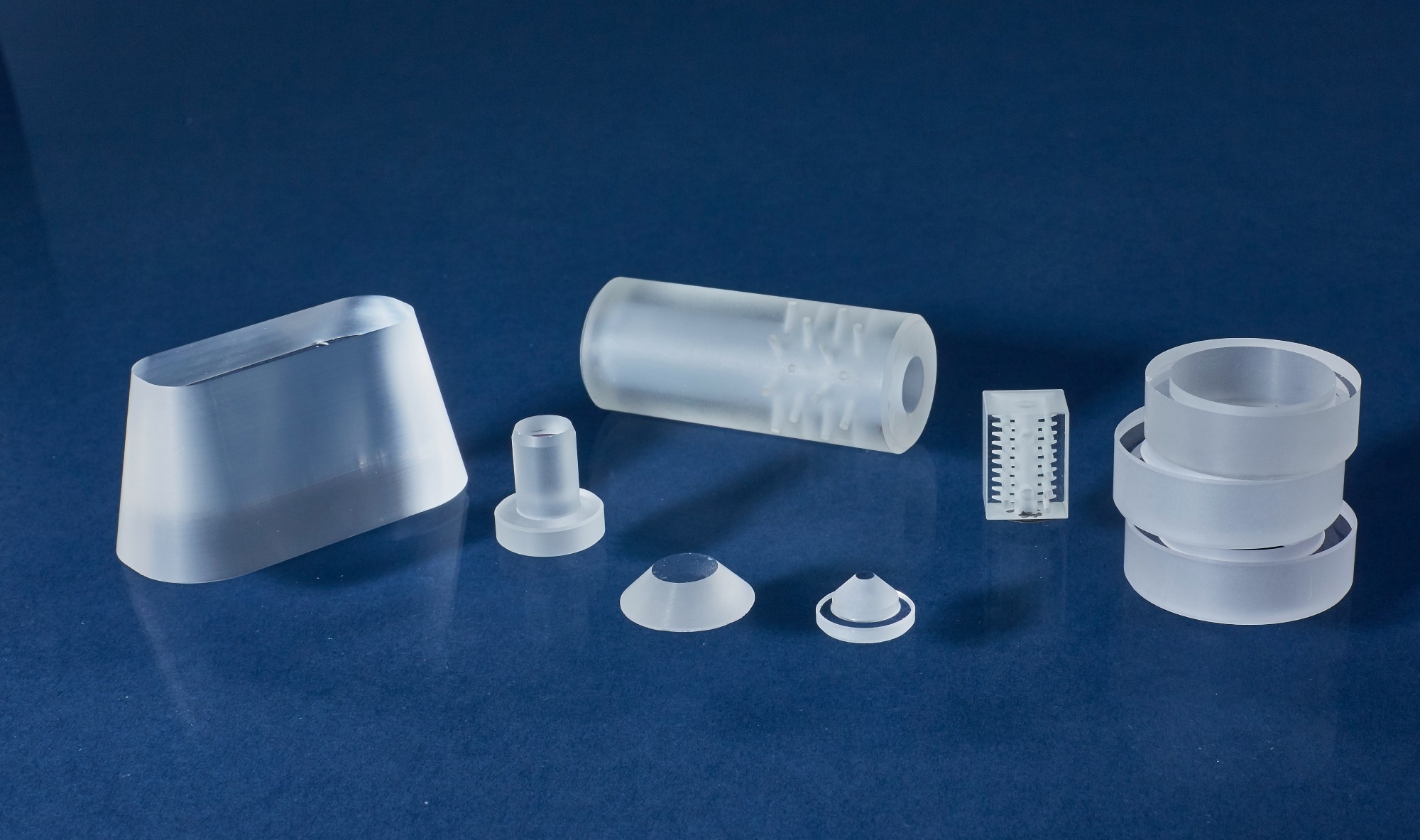Although the optically transparent single-crystal ZrO2 form has a very high thermal shock resistance, it also has poor fracture toughness and strength.
Zirconia is well-known among ceramics for being durable and resistant to fracture when used at room temperature. Its fine (sub-micron) grain size makes it possible to achieve outstanding surface finishes and maintain a sharp edge.

Image Credit: Insaco Inc.
Zirconia exhibits structural changes that may restrict its usage to perhaps only 500 °C, even though it retains several qualities, including corrosion resistance, at extremely high temperatures. It also begins to conduct electricity as this temperature gets closer.
To aid in the transition toughening process, zirconia is frequently combined with either MgO, CaO, or Yttria as a stabilizer.
In contrast to a completely tetragonal crystal structure after the initial firing, this causes a partly cubic crystal structure, which stays metastable during cooling. Tetragonal precipitates experience a stress-induced phase change along the advancing cracking tip upon contact.
This process causes the structure to expand while absorbing a significant amount of energy, which accounts for this material’s remarkable toughness.
High temperatures also cause a significant amount of reforming, which adversely affects strength and causes a 3–7% dimensional expansion. By adding the aforementioned mixes, the amount of tetragonal can be managed to strike a balance between toughness and strength loss.
Zirconia PSZ
Cream-colored mixtures with approximately 10% MgO are known as partly stabilized zirconia (PSZ), and they have a high degree of hardness. They also maintain this quality at high temperatures. They have a larger grain structure and are also slightly less expensive.
Zirconia TZP
Tetragonal zirconia polycrystal (TZP), which has the smallest grain size, is a type of zirconia that contains around 3% yttria. These grades have the maximum toughness at room temperature because they are almost 100% tetragonal, but between 200 and 500 °C, when these irreversible crystal changes also lead to dimensional change, their toughness significantly decreases.
Source: INSACO Inc.-Machining of Hard Materials
| Property |
Value |
| General |
| Chemical Formula |
ZrO2 |
| Mechanical |
| Density |
5.92 gm/cc |
| Hardness |
7.5 Mohs |
| Thermal |
| Coefficient Of Thermal Expansion |
8 x 10-6/°C |
| Thermal Conductivity |
31.8 W/mK |
| Maximum Working Temperature |
2500 °C |
| Optical |
| Index Of Refraction |
2.24 |
| Birefringence |
0.430 - 5.000 (No-Ne) |
All properties are at room temperature unless otherwise noted.
Engineering data are representative, and are not intended as absolute nor warrantable. Manufacturer’s Data shown is blended from multiple sources and therefore illustrates the marketplace.
Zirconia Discussion

This information has been sourced, reviewed and adapted from materials provided by INSACO Inc. - Machining of Hard Materials.
For more information on this source, please visit INSACO Inc. - Machining of Hard Materials.